‘Proudly right-wing.’ It is a complete novelty in Argentina, a country in which this type of political positioning was practically void just two decades ago. Today almost four out of 10 Argentines place themselves there, and this percentage rises some 20 points in the younger strata of society.
The meaning of being right-wing in Argentina is a mystery, it is difficult to add a definitive aspect to it. For now it can be associated with the adjectives "anti-system," "anti-state," or "anti-politics" but these approximations seem both partial and incomplete.
The existence of right-wing forces can be recognised in Argentine history as from the 1920s onwards, but they were organised on a different basis. These were, in most cases, certain youth elite groups based on clerical and nationalist ideas born as a reaction to the triple conjunction of plebeian immigration and the arrival of anarchist and left-wing internationalism via Europeans escaping from war-torn Europe.
These sectors also exploded in repudiation of the Sáenz Peña law, which introduced secret and compulsory voting (although only for men), so they were also considered illiberal. The most famous group of those days was the Liga Patriótica Argentina, founded in 1919. Some authors would argue that this organisation was fascist or proto-fascist.
From the Liga Patriótica onwards, the authoritarian right mutated in terms of content and actors but generated an extensive presence surviving to the present. In 1937, the Alianza Nacionalista Argentina (ANA) was formed, a group which was to have connections with Peronism. Its members were anti-imperialist, supporters of a corporative state, of direct action but they also criticised democracy and the political system, constituting an early critique of caste.
From 1955 onwards, part of the ANA would retreat into the Resistencia Peronista, moving closer to trade unionism and converging in what would later become known as Peronist orthodoxy. In 1957, a group created the Movimiento Nacionalista Tacuara, led by the seminarian Alberto Ezcurra Uriburu, with a more Falangist and anti-Semitic orientation, imbued with the writings of George Sorel (???? Georges Sorel was an anarcho-syndicalist) and Jordán Bruno Genta.
In the 1960s, a sector split off and founded the Movimiento Nacionalista Revolucionario Tacuara, which in 1963 mounted the first major guerrilla attack - on the Policlínico Bancario where they stole a whopping US$100,000.
The history of the liberal right was much less bombastic throughout the 20th century. After the death of Julio Argentino Roca in 1914, the Partido Autonomista Nacional (perhaps the most consistent conservative project in history) went into a long crisis, and none of the four presidents who followed Roca managed to complete their term of office. From 1916 onwards, liberal ideas entered a decline as they failed to coincide with popular aspirations.
However, liberal cadre Adalbert Krieger Vasena became Finance minister in 1957 under General Pedro Aramburu during the Revolución Libertadora. He lasted barely a year, but during that period Argentina joined the International Monetary Fund (IMF).
Another liberal leader, Álvaro Alsogaray, would become Finance minister under Arturo Frondizi. In 1959 he gave a famous speech which could well be replicated these days: "Unfortunately, our starting-point is very low. Many years of blunders and mistakes have led us to a very critical situation. It is very difficult for the salaries of the public administration to be paid on time this month... The measures underway allow us to launch a new formula today: we must get through the winter.”
Because of their distance from popular majorities, liberal economic ideas could only be promoted by military dictatorships. The military was the only place where the cultural battle triumphed. One of its greatest exponents was José Alfredo Martínez de Hoz as Jorge Rafael Videla's Economy minister. This was clear to Alsogaray who, despite the context, insisted on setting up a political party (UCeDé) to participate in the electoral process with little luck (in his best election in 1989, he won 1.2 million votes) until Carlos Menem knocked on his door.
Many years later, Mauricio Macri would found the PRO party, embodying certain conservative ideals (without going much further than law and order and meritocracy), but he never presented himself as a liberal nor as someone from the right.
So how has a liberal-libertarian nucleus emerged in Argentina this decade? It is not entirely clear. Most of the extreme right-wing movements in Europe and the United States are based on a rejection of globalisation, the repudiation of immigrants and the rejection of feminism. Only this latter element is present in the most intense backers of Javier Milei.
A clue to the massive growth of these market-intensive ideals was the combination of the 2020-2021 Covid-19 quarantine period with social media. The illusion of personal triumph without "the paw of the state" over one's head, a world without taxes (100 percent barrani) or social obligations took shape politically as Alberto Fernández excitedly broadcast the supply of Russian vaccines and the arrival of a Aerolíneas Argentina's flight with Sputnik jabs.
While progressives marvelled at the virtues of sourdough and yoga at home, a good part of the young people coping with preventive and obligatory social isolation were captivated by the possibility of entrepreneurship in an infinite world-market, buying and selling on Amazon and the possibilities opened up by bitcoin, a quasi-currency without a state or control, invented by Satoshi Nakamoto, a character whose identity nobody knows.









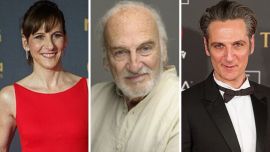
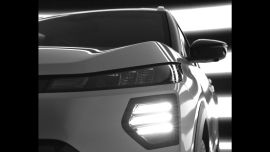





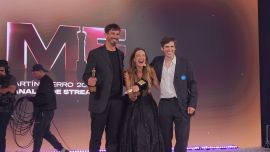
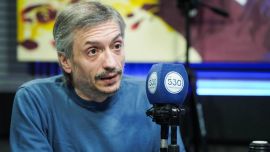

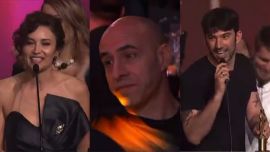
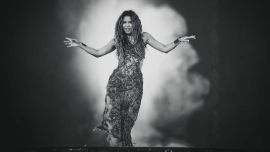
Comments